Getting out of Dodge, with El Chico
A Guest Blog by Rickie Dee
So,
instead of that left turn to Mecca, where I really shouldn’t go…
my trusty driver made a right, and we now traveled down a road to nowhere, to sight see
I thought why not, since…gas is .39 cents a gallon
Killing time is one of my daily occupations, when not flying; while on rotation in the arid Middle East
I always wanted to see an image of rolling desert sand, and
since I’m housed at Gitmo, aka fortified / machine gun / dual high walled / wired; Compound, smack in the middle of busy Riyadh,
solitude and rolling sand was easy to discover on its outskirts

We found a small Oasis, though no water was present,
only reptile footprints; but rattlesnake were the prints that worried me most, ok scorpions too.
I found there is a certain quietness in the desert, only the wind knows sound

With the sun beginning to angle over my shoulder; we decide to head back, darkness would soon fall
then suddenly, remnants of a small; but Lost City appear, since the area was not fenced, I walk
Abandoned mud houses, certainly built many years ago; remain standing despite the monthly whipping of flying sandstorms

safe and sound back in Riyadh, I eat a sizzling shrimp fajita at El Chico, a Saudi wanna be Mexican restaurant
No pork, no beer, no music plays there, and yes
Women not allowed, unless they are on the other, quiet walled section of El Chico
I only sat amongst Men, how exciting…
lime did accompany the Shrimp and a bottle of water washed it all down
American Express was not accepted
Rickie Dee is a fly fisher and photographer who searches for adventure around the planet.
All content in this blog, including writing and photos, copyright John Kumiski 2013. All rights are reserved.


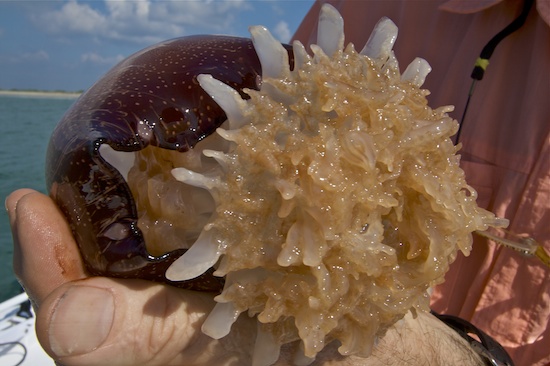
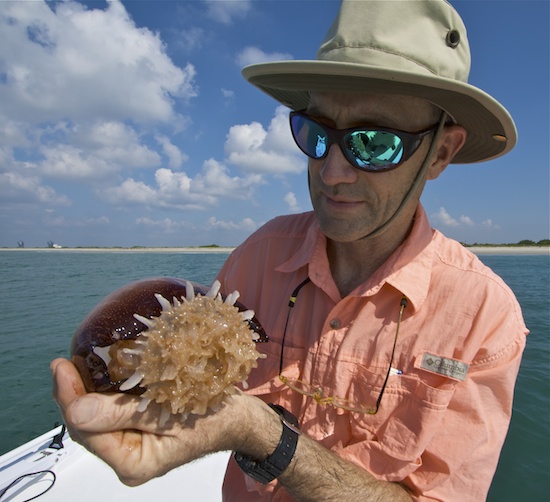
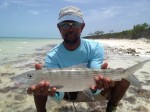
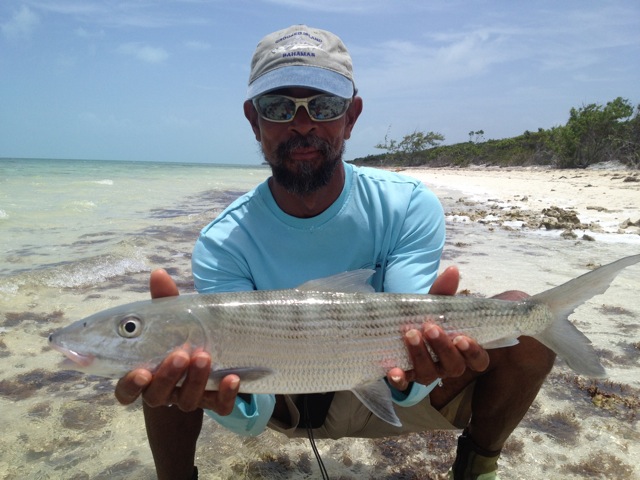

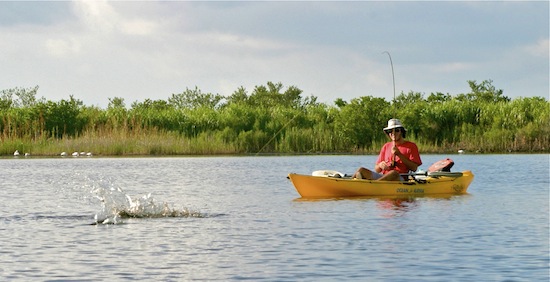



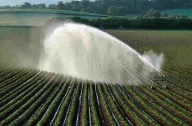

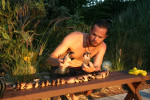
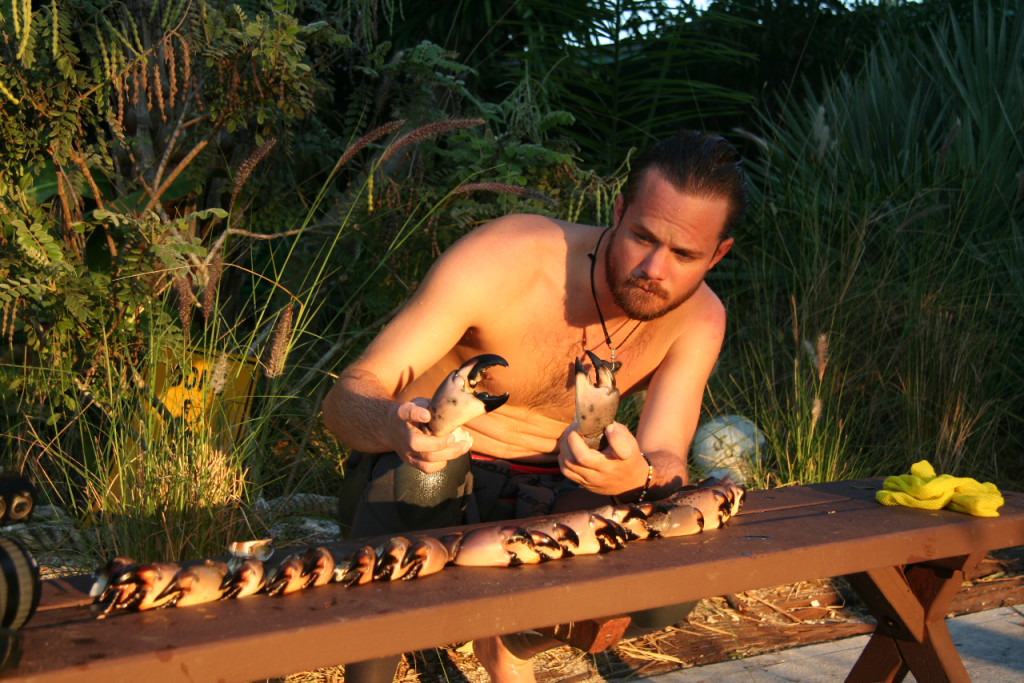
Recent Comments